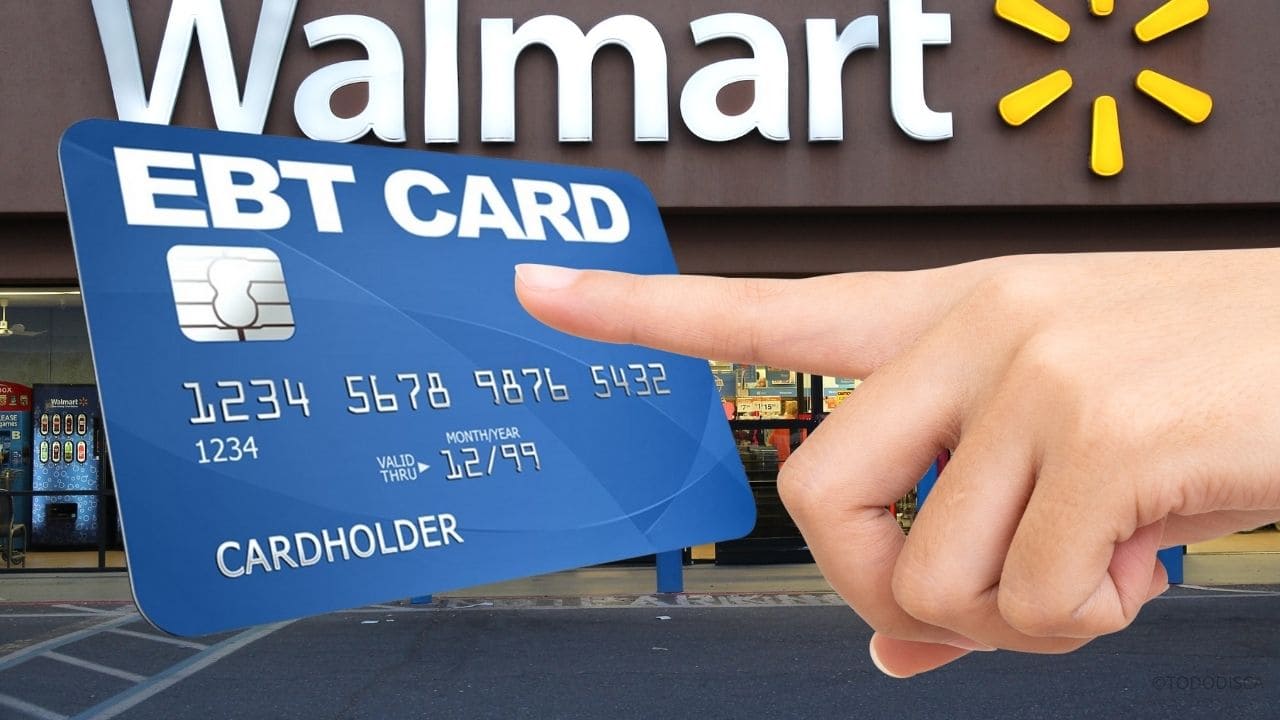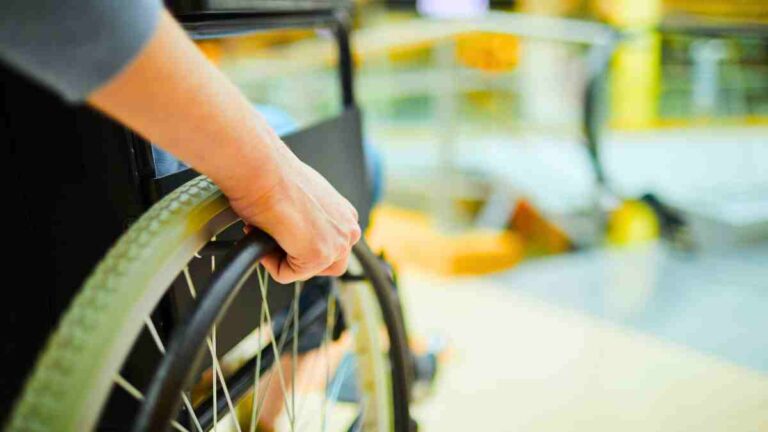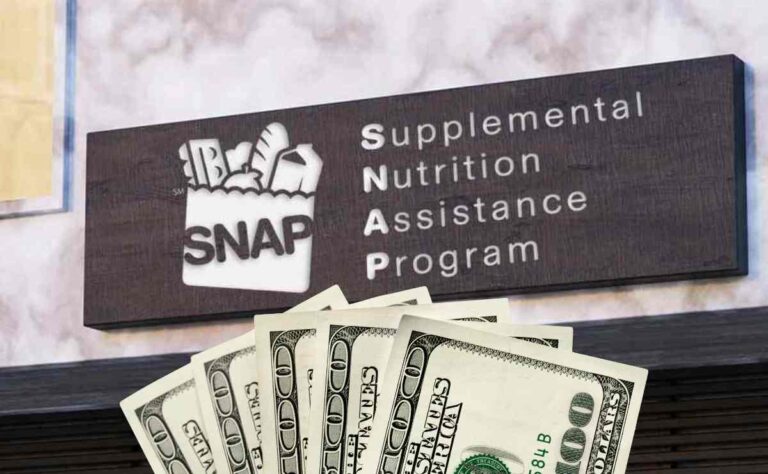Food Stamps in 2025: Key Changes to SNAP Benefits and Eligibility
The Supplemental Nutrition Assistance Program (SNAP), formerly known as “food stamps,” helps low-income families purchase essential groceries each month. Instead of using paper coupons, benefits are distributed via an Electronic Benefits Transfer (EBT) card, which functions like a debit card and can be used at authorized retailers.
Will SNAP Benefits Increase in January 2025?
Unlike Social Security benefits, which are adjusted annually based on the Cost-of-Living Adjustment (COLA) every January, SNAP benefits are updated at the start of the fiscal year, beginning October 1. Therefore, the benefits determined in October 2024 will remain unchanged through September 2025. This means there will be no increase in SNAP benefits in January 2025. The most recent change occurred in October 2024, and the current benefit levels will stay in effect until the next update in October 2025.
How Much Do Families Receive with SNAP?
As of October 1, 2024, the maximum monthly SNAP allotments for households in the 48 contiguous states and the District of Columbia are:
- 1-person household: $292
- 2-person household: $536
- 3-person household: $768
- 4-person household: $975
- 5-person household: $1,158
- 6-person household: $1,390
- 7-person household: $1,536
- 8-person household: $1,756
- Additional members: +$220 per person
Variations in U.S. Territories
In U.S. territories, benefit amounts differ due to higher living costs:
- Alaska: Maximum benefits for a family of four range from $1,258 to $1,953, depending on the region.
- Hawaii: Maximum benefit for a family of four is $1,723.
- Guam: Maximum allotment is $1,437.
- U.S. Virgin Islands: Maximum for a family of four is $1,254.
Minimum Benefit Amounts
For households with very low income, the minimum benefit amounts are:
- 48 contiguous states and the District of Columbia: $23
- Alaska: $30 to $47, depending on the region
- Hawaii: $41
Factors That Determine SNAP Benefits
The amount a household receives through SNAP is based on several key factors:
- Household size: Larger households qualify for higher benefits.
- Household income: Both gross and net income are used to calculate eligibility and benefit amounts.
- Geographic location: Living costs in different states and territories impact the benefit levels.
- Allowable deductions: Certain expenses, such as medical costs or housing-related expenses, can reduce a household’s net income and thus increase their SNAP benefits.
What’s Next for SNAP?
Although SNAP benefits will not change in January 2025, the program is a constant topic of political and social discussion. Future adjustments will depend on various factors, such as inflation, poverty rates, and government priorities for the next fiscal year.
Families receiving SNAP benefits should plan their budgets based on the current allotments, which will stay in effect until September 2025. Any changes for the following fiscal year will be announced in the months leading up to October 2025.
SNAP continues to be a vital resource for millions of families across the country, helping address their nutritional needs. While there won’t be an increase in benefits in January 2025, beneficiaries should stay informed about potential changes for the upcoming fiscal year.






